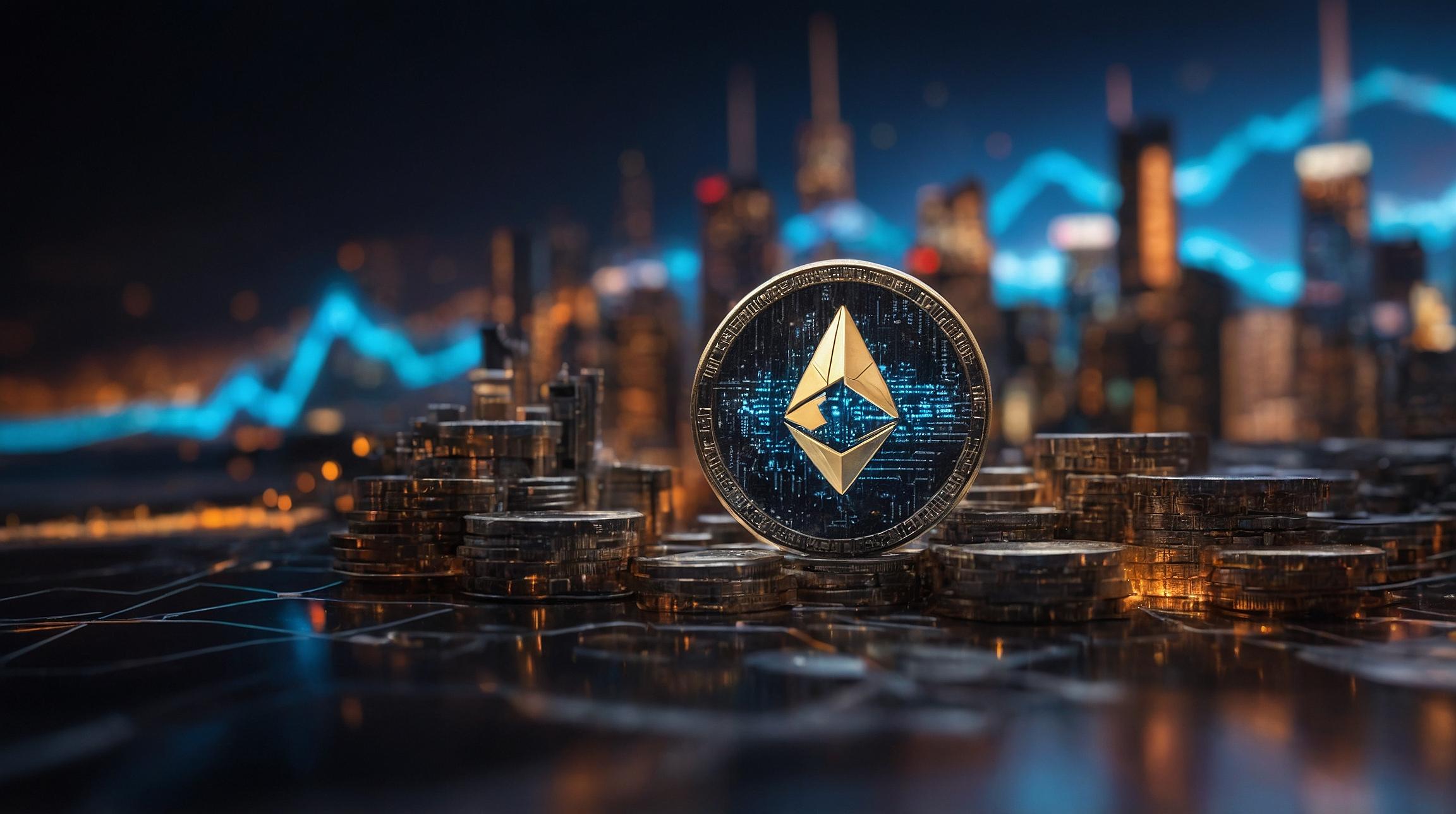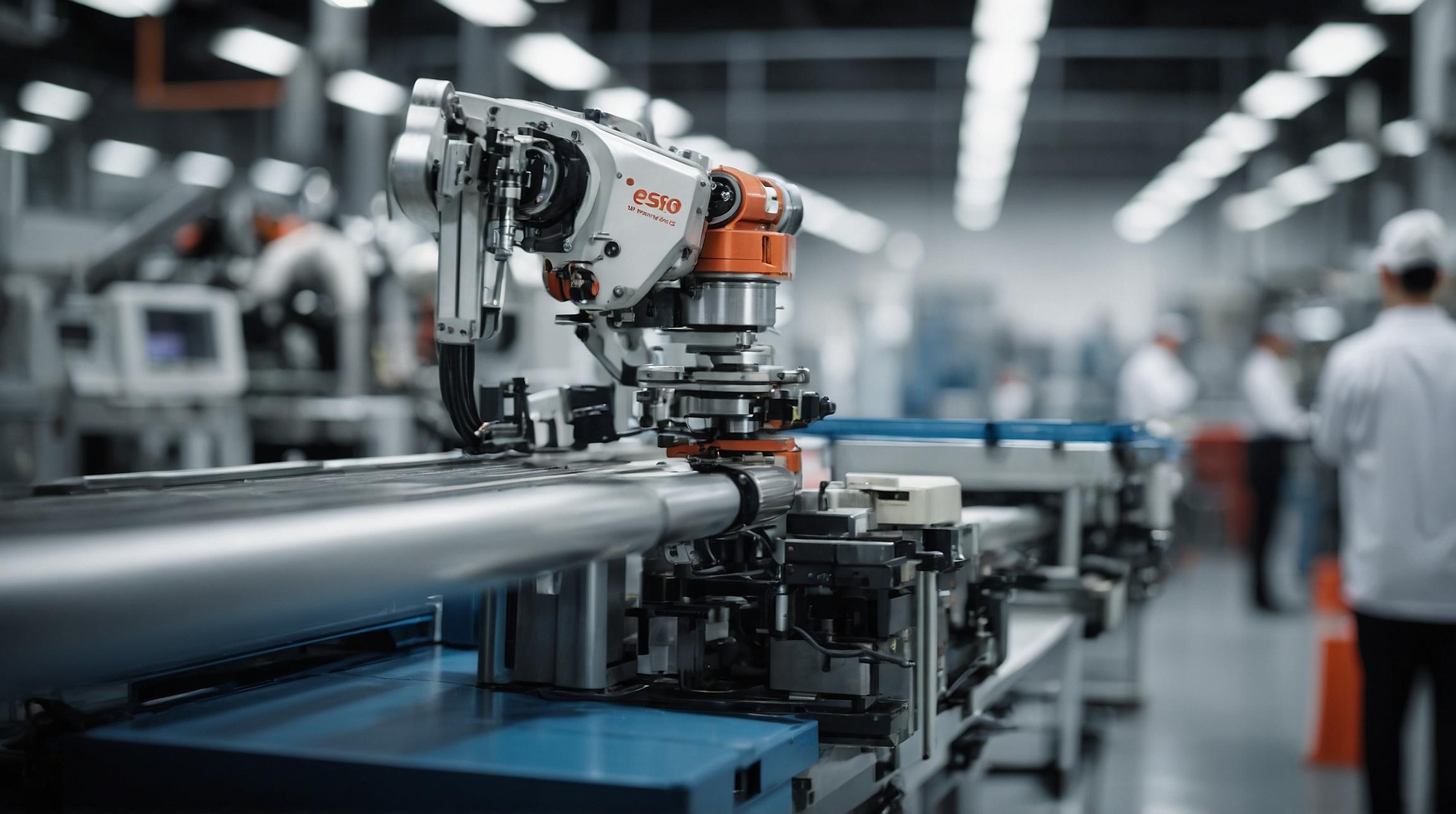Understanding the Potential Impact of Generative AI on the Economy and Labor Market
Generative artificial intelligence (AI) models, also known as machine-learning techniques, have the potential to revolutionize various industries by creating new content such as audio, code, images, text, simulations, and videos. However, understanding the full impact of these models on the economy and labor market can be daunting due to their complexity and the uncertainty surrounding their evolution.
The Launch of Chat GPT: A Netscape Moment for Generative AI
The launch of Chat GPT over a year ago has captured the attention of technology experts and investors alike. It has been hailed as a “Netscape Moment” by IBM’s chief commercial officer, Rob Thomas, referring to the introduction of Netscape’s browser in 1994 that brought the internet alive. Kai-Fu Lee, CEO of 01.AI, compares it to the advent of Gutenberg’s printing press, which transformed the spread of ideas and had a significant impact on mankind.
Equity investors have also taken notice of the potential of generative AI. Last year, stocks in the AI space, including companies like Nvidia and Meta Platforms, posted outsized gains, with some seeing increases of nearly 240 percent. This demonstrates the market’s confidence in the growth potential of generative AI.
The Impact of Generative AI on Productivity: Optimism vs. Caution
While many are optimistic about the transformative power of generative AI and its ability to boost productivity, some caution that the AI revolution may not happen as quickly as expected or be as revolutionary as proponents claim. There is often a lag between the invention of new technologies and their widespread adoption across industries and the economy. Concerns about data privacy and accuracy also influence the cautious approach of some organizations, such as JPMorgan Chase, which has restricted the use of AI tools due to potential risks.
Governments also play a crucial role in shaping the regulatory landscape for artificial intelligence. The European Union recently announced a landmark deal on AI regulation, highlighting the importance of creating a trustworthy AI ecosystem. However, reaching a consensus on regulatory approaches has proven challenging, as different regions and countries have their own priorities and concerns.
How Generative AI Could Boost Global GDP and Productivity Growth
Despite the uncertainties and cautious outlook, economists at Goldman Sachs estimate that generative AI could drive a 7 percent increase in global GDP and lift productivity growth by 15 percentage points over a 10-year period. It is believed that around two-thirds of U.S. occupations are exposed to some degree of automation by AI, and approximately one-quarter to one-half of the workload in these occupations could be replaced by generative AI. Such a boost in productivity growth would be unprecedented and could have significant benefits for the economy.
Uncertainties in the Future of Generative AI: Diffusion, Technological Change, and Regulation
While the potential for generative AI to boost productivity is promising, it is important to consider factors that could affect its diffusion and impact. Diffusion lags, the pace of technological change, and regulatory changes can all introduce uncertainties into the equation, making precise forecasts of productivity growth difficult.
Historical evidence suggests that technological progress has been broadly employment-augmenting in the aggregate. New technologies often displace jobs in specific industries but create new opportunities and increase aggregate demand in the long run. However, there may be a period of adjustment and reinvention as organizations adapt to the changes brought about by generative AI.
In conclusion, generative AI has rapidly evolved and has the potential to be a game-changer that boosts productivity and drives economic growth. However, uncertainties surrounding diffusion, technological change, and regulatory policies make it challenging to predict the exact impact. As with any emerging technology, it is crucial for policymakers and stakeholders to navigate these uncertainties and ensure that the benefits of generative AI are realized while addressing any potential risks.
Analyst comment
Positive news: The potential impact of generative AI on the economy and labor market is significant, with the ability to revolutionize industries and drive economic growth. Goldman Sachs estimates a 7% increase in global GDP and a 15 percentage point lift in productivity growth over a 10-year period.
Short market analysis: Generative AI presents substantial growth opportunities for industries and could have a positive impact on the market, but uncertainties surrounding diffusion, technological change, and regulation create challenges in predicting the exact impact and timing. Stakeholders and policymakers need to navigate these uncertainties to ensure the benefits are realized while addressing potential risks.













